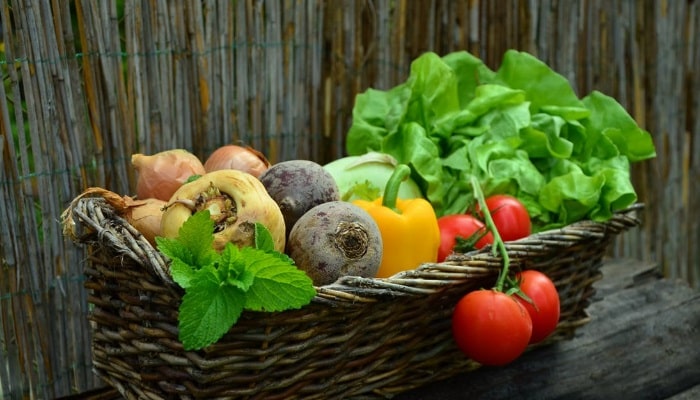The report on the DGAL's monitoring and control plans for 2017 was published on 29 October 2018.
For the record, the objective of the monitoring plans is to estimate the overall level of contamination of the production monitored by random sampling and the objective of the control plans is to target foodstuffs presenting an increased risk of contamination.
In 2017, 61,698 samples were taken, including 60,509 from the national territory and 1189 from imports.
PRIMARY PLANT PRODUCTION
2017 plans for plant protection residues in primary crop production:
1124 samples were analysed:
- 339 as part of the monitoring plan (edible peel cucurbits, watercress and late harvest apples)
- 785 as part of the control plan
For the monitoring plan (random sampling), the non-compliance rate was 13.57% compared to 5.81% in 2016.
For the control plan (samples oriented to increase the probability of contamination detection), it is 3.82% compared to 7.20% in 2016.
Non-compliances are based on poor agricultural practices: non-compliance with the maximum authorised doses and/or pre-harvest deadlines, use of unauthorised products on the crop concerned, cross-contamination via the treatment of a neighbouring crop, insufficient rinsing of the sprayer and some non-conformities are linked to the persistence in the soil of certain products.
The non-compliances identified concern:
- dithiocarbamates on 3 spinach and 1 lettuce, with MRLs exceeded in all cases and a possible acute risk in the case of lettuce
- propyzamide with MRL exceedance on 2 rapeseeds
- thiamethoxam with MRL exceedance on aromatic plants (1 celery to be cut, 1 parsley and 1 thyme), all originating in French Guiana
- chlorpyriphos-ethyl on 1 peach and 1 celery to be cut
- flonicamide on 1 lettuce with MRL exceedance and on 1 basil and 1 pea. The active substance is not authorised for these uses.
- Dieldrin, Prosulfocarb and Heptachlor from environmental pollution
PRODUCTS OF ANIMAL ORIGIN
2017 report on the monitoring of residues of anabolic substances, banned substances, veterinary medicinal products and pesticides in animals and 




